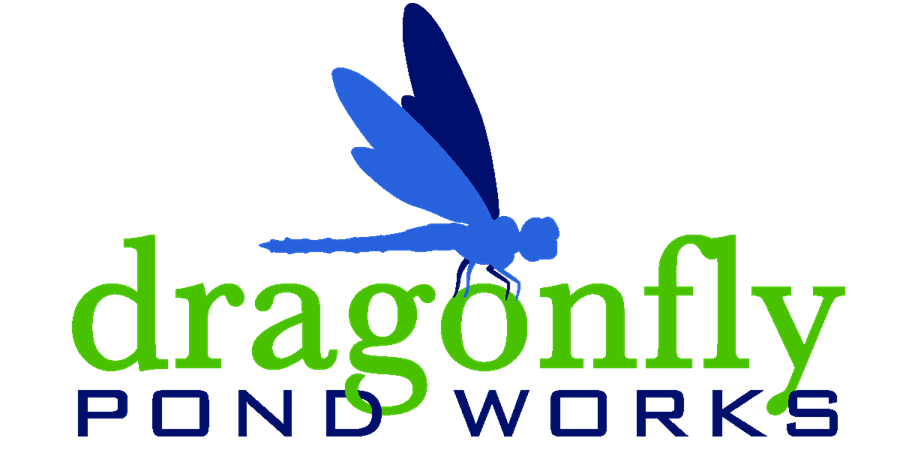Pond and Lake Aeration: Advantages and Aeration Types
Having a lake or pond on your property can provide you with a private sanctuary where you can relax and reflect on nature. However, it’s important that you properly aerate your pond. One of the most significant water quality factors in lake and pond management is keeping a healthy level of DO (dissolved oxygen) in a pond.Aeration adds oxygen to your water, which helps in breaking down decaying vegetation and other nutrient sources that invade a lake and pond. If you have a lake or pond, here’s what you need to know about aeration:
Benefits of Lake and Pond Aeration
Aerating your pond offers several benefits. For example, it:
• Removes phosphorus
• Reduces algae and weeds—As a result of phosphorus being removed, less algae and weeds grow in your pond.
• Extends pond longevity
• Improves water clarity
• Improves the quality of pond water for irrigation
• Cleans up sluggish ponds• Reduces mosquito population
• Stimulates healthy fish growth
Types of Pond Aeration
There are two main kinds of pond aeration: floating fountains and bottom-diffused aerators.
• Floating fountains, also called surface aerators, work by extracting water from the first couple of feet of a pond’s surface. But they only provide surface aeration, meaning they don’t affect the bottom of your pond. They’re also limited to a small area.
• Bottom-diffused aerators—Also known as sub-surface aerators, these aerators function by releasing bubbles at the bottom of a pond. Subsurface aeration is done by using jet aerators, coarse bubble aeration or fine bubble aeration. These are available as solar units which can be placed in the most remote and challenging locations.
Considerations and Warnings
• One of the primary drawbacks to a surface aerator is that it needs electricity at the source of the pond water. This makes it hazardous to swimmers and boaters.
• Simply including additional underwater vegetation to your pond is not an adequate way to add oxygen to your pond water. Although underwater plants may be a useful source of oxygen at night, it’s inefficient during the day. This is because the oxygen will be used up at night.
• Deep ponds are best aerated by using fine bubble aeration.
If you need help selecting an aerator, please contact us. Dragonfly Pond Works is an environmental company, specializing in beautifying lakes, ponds, wetlands and other BMP and stormwater facilities. We maintain properties throughout North Carolina in Charlotte, Raleigh, Durham, Wilmington.
